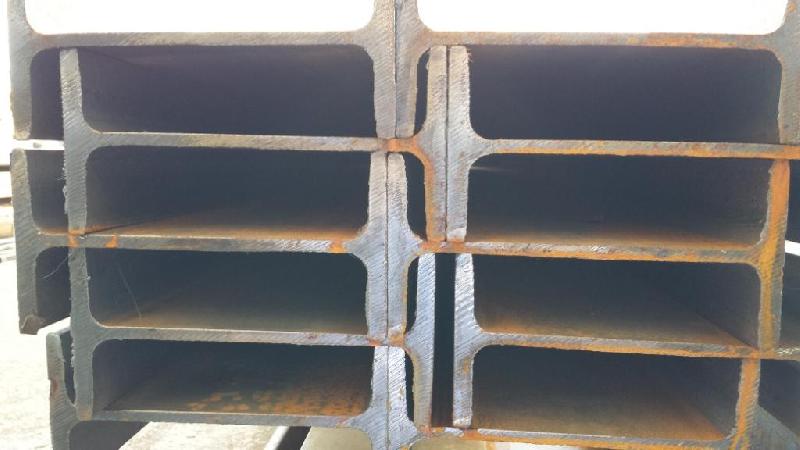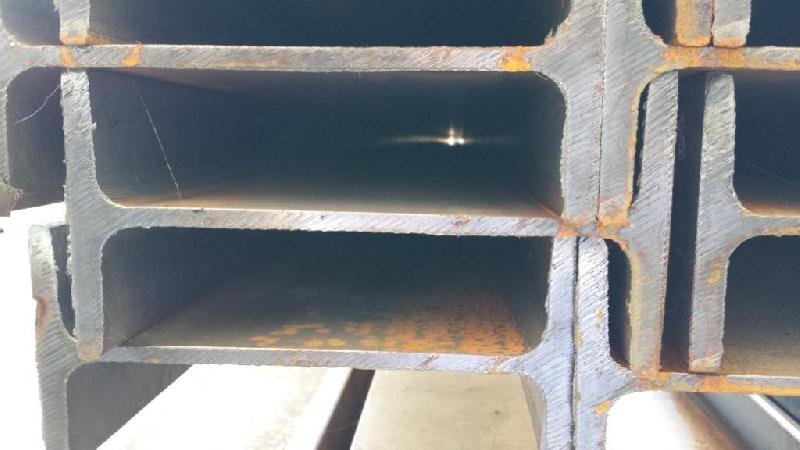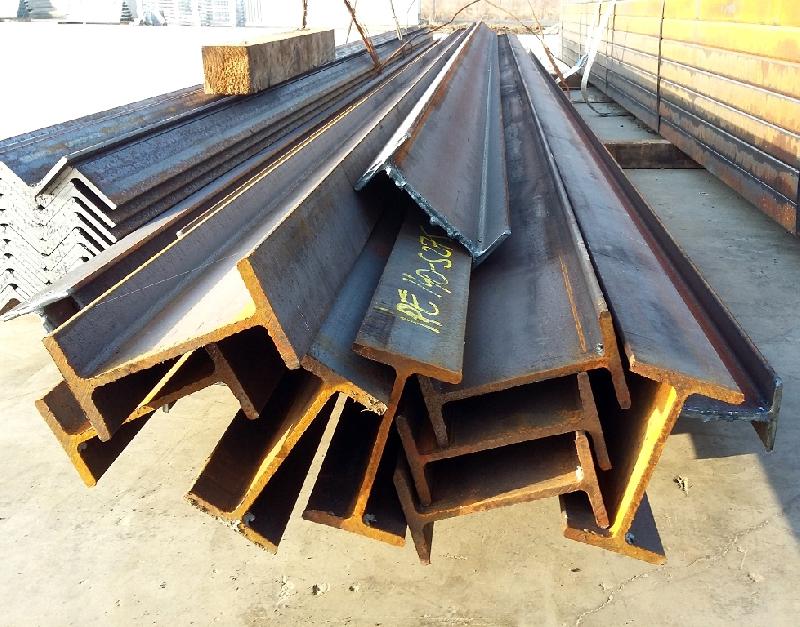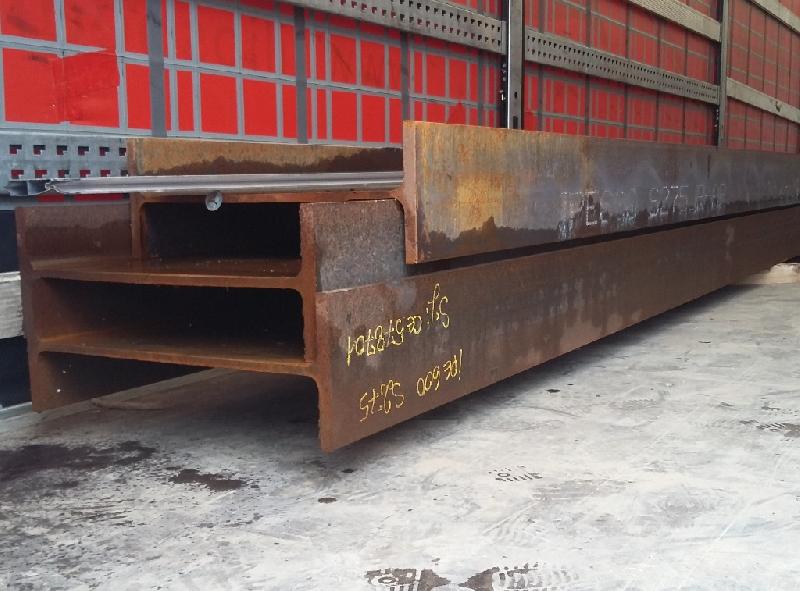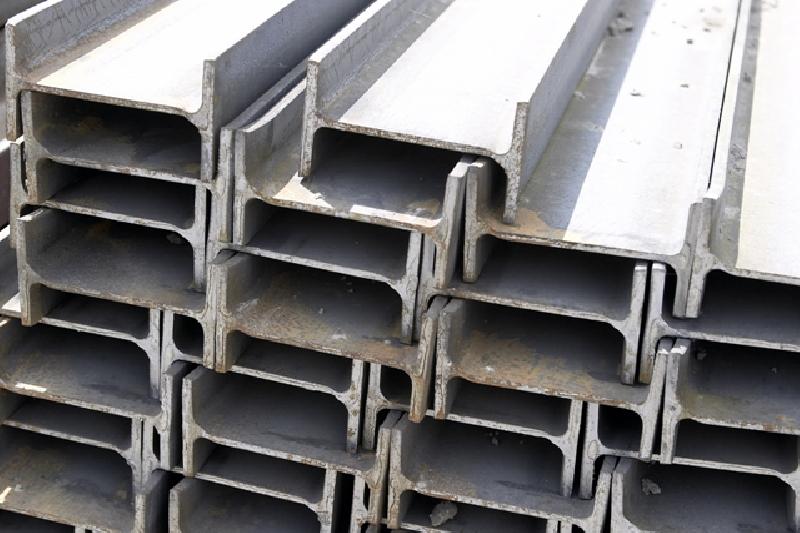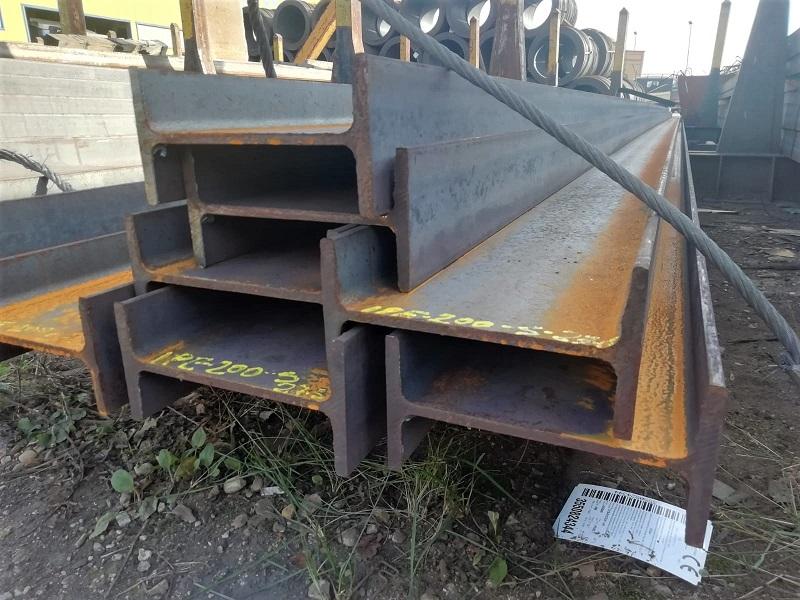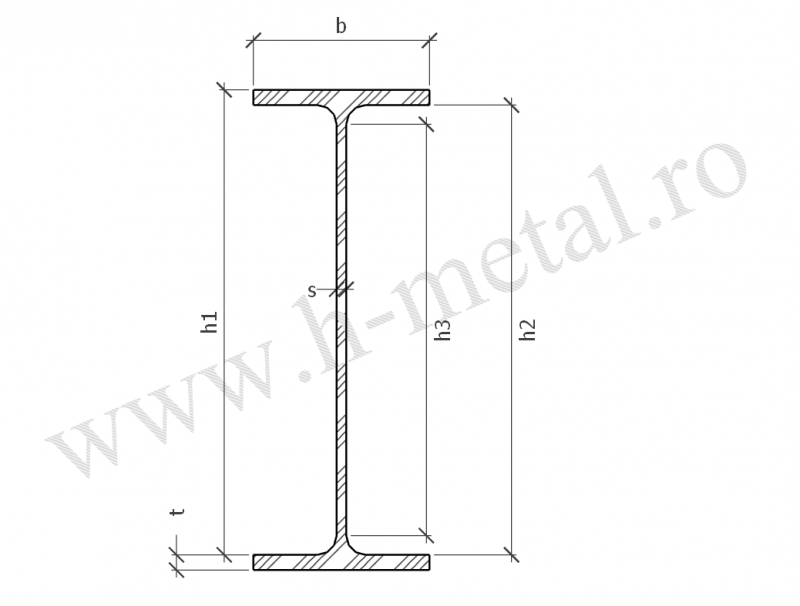IPE beam
IPE beam - European profile also used under the name of economic I profile.
For the INP and IPE beams the lz inertia moment (relative to the z-z bending axis) is small in relation to the moment of ly inertia (relative to the y-y bending axis).
The profiles with thinner walls demonstrate a more favorable behavior when taking over compression loads. It has been found that beams with large bottoms and high cores, such as IPE beams, have favorable behavior, while the bottoms of narrow beams have lower ultimate loads.
The bending strength of a cross section increases in relation with its height.
The loads do not act in isolation on constructions, but in groups, in the form of various combinations. As a result, the calculation of the structures should be performed taking into account the most unfavorable possible combinations, corresponding to the type of construction, work conditions or the type of resistance element and its role in construction (pillar, beam).
The Ipe profile is ideal when a static load is placed vertically relative to the centerline of the profile.
USE OF IPE BEAM:
- support beams for commercial and residential constructions
- support frames and lift poles and lifting devices
- metal parts for various heavy machinery
- metal stands
Beams are horizontal resistance elements that take over the vertical gravitational actions and transmit these to the vertical strength elements.
The pillars are vertical strength elements, which take the vertical gravitational or horizontal actions (earthquake, wind) and send these to the foundations.
Dimensions: according to DIN 1025/1
Tolerances: according to EN 10024
Steel grade: according to DIN 17100 / EN 10025
Surface condition: according to EN 10163-3, C
Quality certificate: according to EN 10204 - 2.2 or 3.1B
